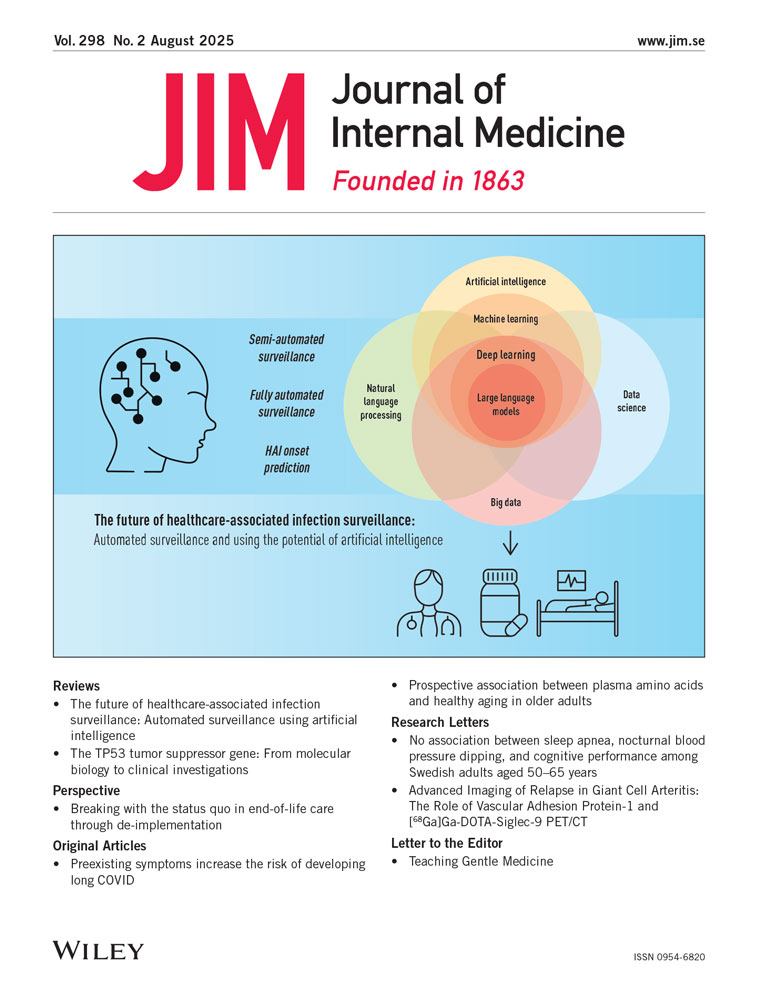Short-term effects of felodipine in hypertensive type II diabetic males on sulfonylurea treatment
Abstract
Abstract. Objectives. To study the effects on blood pressure and glucose homeostasis of felodipine, a calcium antagonist.
Design. A double-blind randomized cross-over study comparing felodipine ER and placebo.
Setting. A university centre of diabetic care in Malmö, Sweden.
Subjects. Seventeen hypertensive type II diabetic males on oral sulfonylurea (glibenclamide) treatment.
Interventions. Four-week treatment periods separated by a 2-week wash-out period. Felodipine 10–20 mg once daily was given.
Main outcome measures. Blood pressure, heart rate, HbA1c and response to oral glucose tolerance test; glucose, insulin and c-peptide. Measured before randomization and at the end of each double-blind treatment period.
Results. Blood pressure was significantly reduced during felodipine treatment and heart rate slightly increased. Felodipine did not influence insulin or c-peptide levels. There was no significant change in glucose levels but an increase in HbA1c.
Conclusion. The study demonstrated that felodipine is an effective agent for type II diabetic patients on glibenclamide treatment. The effect on HbA1c is noteworthy even if not of clinical significance in the short term. Controlled long-term studies in diabetic patients are needed to fully evaluate antihypertensive agents.




